When you think about Scotland, the rolling landscape covered in a mosaic of heather often comes to mind — a patchwork created using muirburn.
Carried out between October and April, fire is used to burn the older, tougher plants to allow fresh, new heather to grow.
Land managers, gamekeepers, crofters and farmers have used the tool for hundreds of years.
But, in recent years, muirburn has become the subject of a heated debate.
And, although the Wildlife Management and Muirburn (Scotland) Act was passed this year, the controlled burning element is still being developed.
So, is muirburn still a “vitally important” tool?
We’ve asked a gamekeeper and a senior RSPB officer for their thoughts…
Highland gamekeeper says muirburn benefits wildlife — and not just grouse
Iain Hepburn is a representative of the Scottish Gamekeepers Association (SGA) based in Inverness-shire and has been a retained firefighter for 30 years.
When he was seven his father taught him how to carry out controlled muirburn.
“He was an absolute master at it,” Iain said fondly. “He would create a stop and then burn a fire into it, create a stop and burn a fire into it. I was really lucky to learn all that from him.
“And for me, one of the most scenic bits of the country is when you come over the Lecht going into Strathdon and looking back towards Lochnagar and Ballater.
“It’s just a sea of beautiful purple heather. Now that’s in an area where it’s been really well kept and continually burnt for the last 100 years.”
Iain argues that muirburn is a “vitally important” tool and that younger heather is “far more nutritious” for wildlife — and not just beneficial for grouse.
Deer, mountain hares, and some wading birds live off the heather, while some crofters and farmers put their sheep and cattle out on it.
And he says it can help reduce tick numbers to a degree too.
However, he rejects the argument that muirburn damages peatland, and claims it is a “bit of a red herring”.
“Muirburn burns the top off the heather plant, which stimulates the regrowth,” he explained. “It doesn’t burn peat at all unless it goes to the next stage which is a wildfire.
“When it’s a massive fire out of control, that actually does the damage and burns into the peat.”
‘If muirburn stopped tomorrow we would end up with horrific wildfires’
Iain also argues that muirburn is a tool that can be used to mitigate wildfires.
He says if the heather isn’t burned or grazed down, it builds and builds, meaning if there is a wildfire, it can become much bigger and hotter — making it more difficult to put out.
But by creating fire breaks and minimising the fuel load, the wildfire can ultimately be stopped quicker, says Iain.
The fire break, a patch of land that has already been burnt, can slow down the spread of the fire, giving firefighters a chance to catch it and stop it.
And according to Iain, land managers, including farmers and crofters, who carry out muirburn often help with “massively large wildfires” — bringing their expertise and equipment with them.
“Let’s say burning would stop tomorrow,” he went on to say, “we would end up with some horrific, large wildfires because that un-maintained fuel load would grow and grow and grow.
“And in some areas, they’re reducing deer numbers, and they’re reducing sheep and cattle numbers in some areas as well. So the fuel load is growing and we’re creating the opportunity for massive wildfires.
“I would say the people who are going out and doing controlled muirburn — leave them to carry on doing what they’re good at and help save us.
“We can’t do anything about the climate, but we can certainly do something about fuel load management.”
Iain finished: “Muirburn has worked really well in the past, so why change it now?”
What does a RSPB land policy officer say about muirburn?
The RSPB campaigned for Muirburn to be more strongly regulated and wants more emphasis on habitat restoration.
Andrew Midgley, senior land use policy officer, explained that the current Muirburn Code is a “largely voluntary” code of practice.
The code of practice says burning on peatland shouldn’t take place, but that doesn’t stop some burning from happening — which Andrew says is one of the drawbacks of voluntary regulation.
But he is hopeful that the new licensing regime will bring in better practice.
This is because peatlands are a huge carbon store, and a healthy peatland will lock up a huge amount of carbon in the ground.
“In the context of climate change, that’s really, really important,” he said.
“Unfortunately, most of our peatland isn’t in a healthy condition, and burning is one of the ways that we manage peatland which leads to them being in a poorer condition.
“When a peatland is in a poor condition, they release their carbon, contributing to emissions.
“And in the context of climate change, that’s a really bad thing. Peatland has a really important role to play in our efforts to reduce emissions and tackle climate change.”
‘There are alternatives to muirburn’
Muirburn can also have an impact on biodiversity, according to the RSPB officer. For example, there are plants near watercourses that aren’t very resistant to fire.
And Andrew argued that repeated burning could gradually cause a change in the landscape, resulting in a shift towards heather which burns readily.
This could create a landscape with a high wildfire risk, he says.
Andrew also pointed out that there are alternative ways to manage the fuel load, like cutting. Mechanical equipment can be used to cut the heather and create a similar outcome.
He said: “Essentially, our main issue is that we’re in an ecological biodiversity crisis and burning is keeping our landscapes in a relatively poor condition.
“If we want to really fight the biodiversity crisis, if we want to turn that around, we have to think about how we’re managing the landscape.”
Andrew also explained that broadleaf woodland is much more resilient to wildfires, but the landscape is being burned woodlands aren’t being given the opportunity to become established.
“We as an organisation want to put much greater emphasis on broad landscape scale habitat restoration,” he explained. “So for example, we know that healthy peatlands that have been restored, have a higher water table, so they’re more resilient to wildfires should they become established.
“So we think we need to restore our landscapes rather than continue to burn them.”
Andrew finished: “We have campaigned for change for quite a long time, and so it’s really positive from our point of view. We’re pleased that politicians have seen fit to change and bring in this greater regulation.
“But the real test is in the delivery, and it all depends on how NatureScot makes it work.”
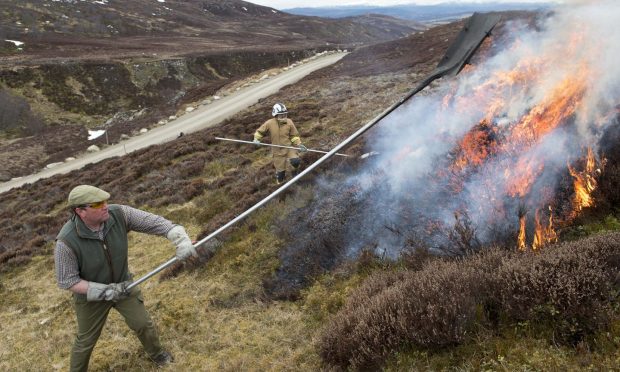
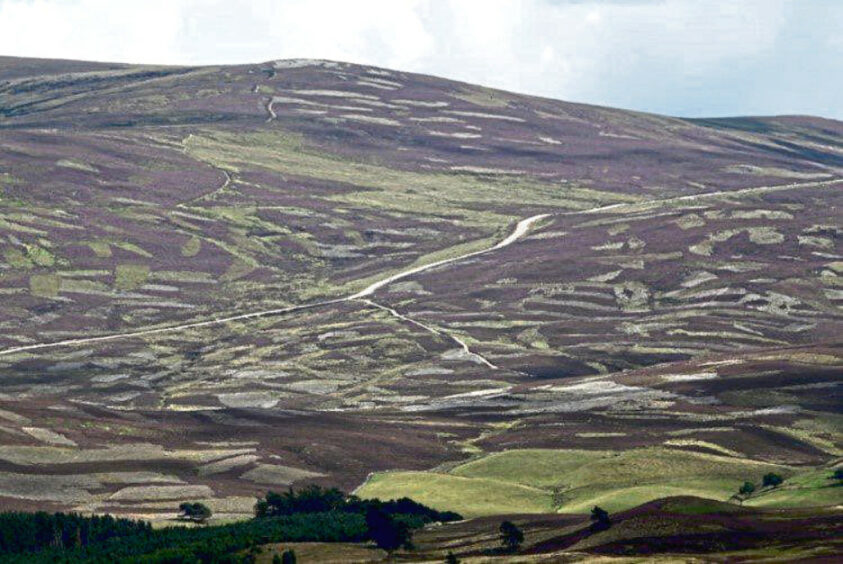
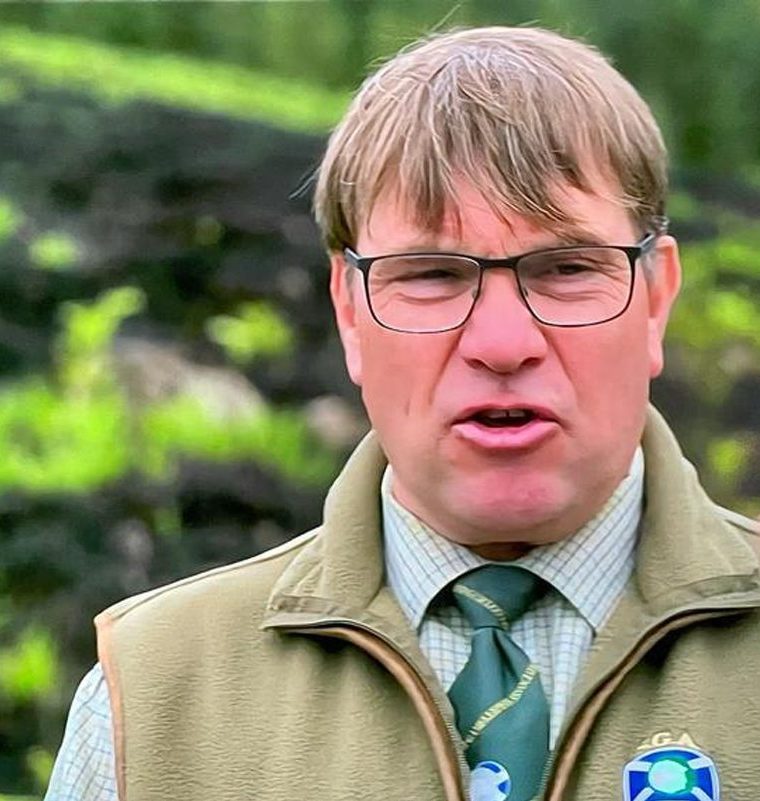
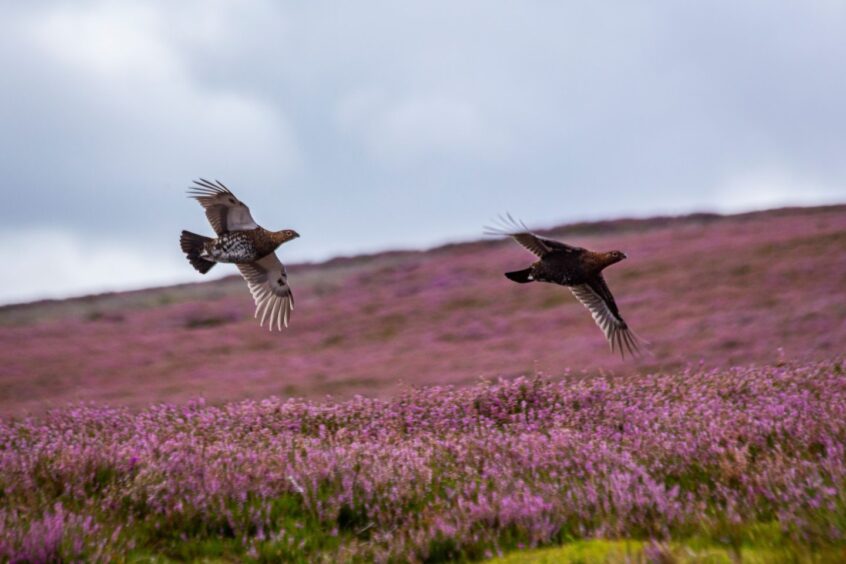
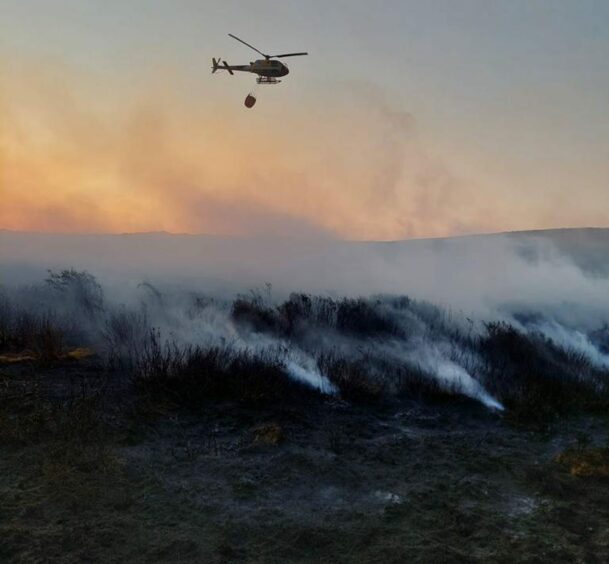
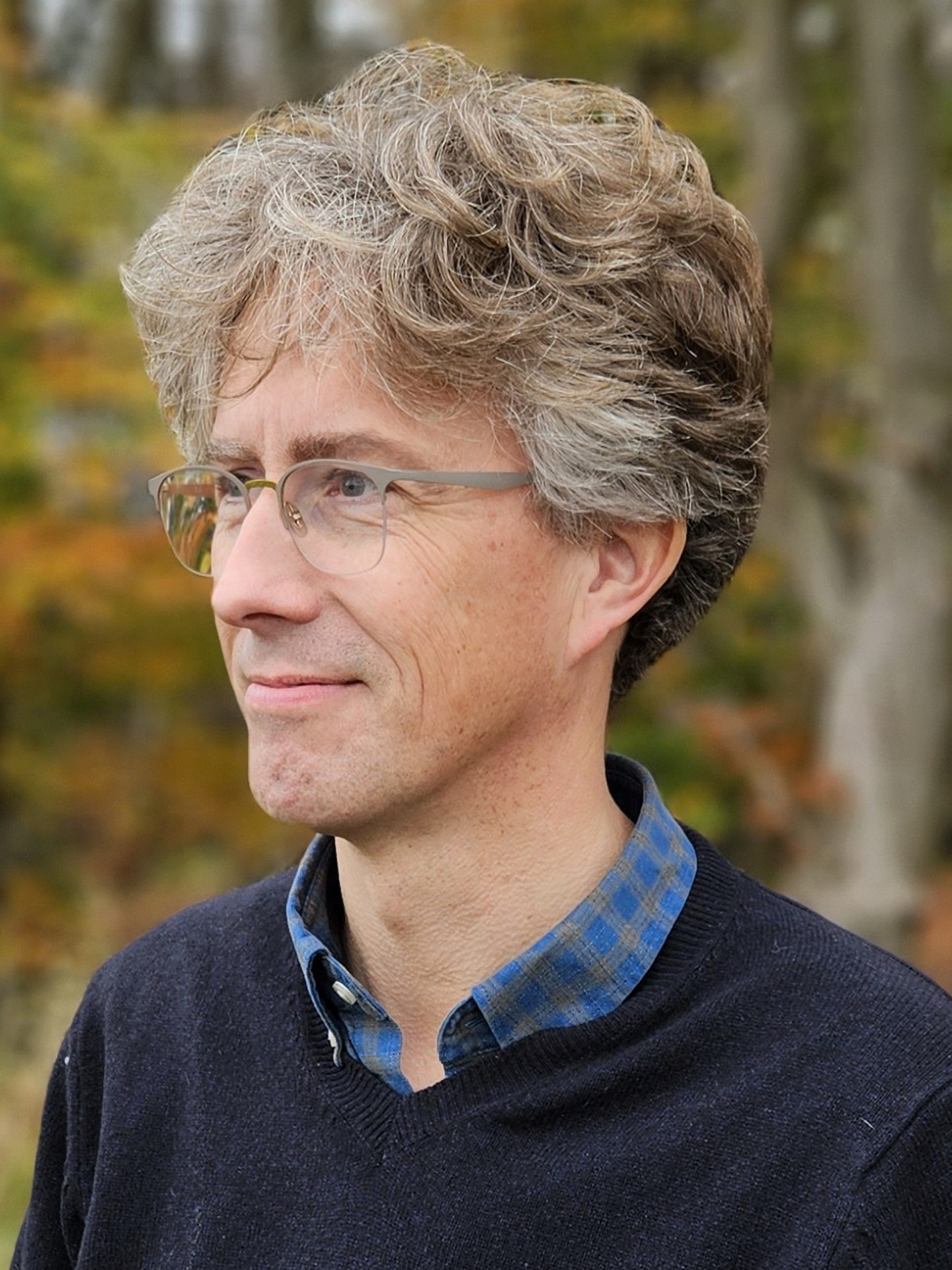
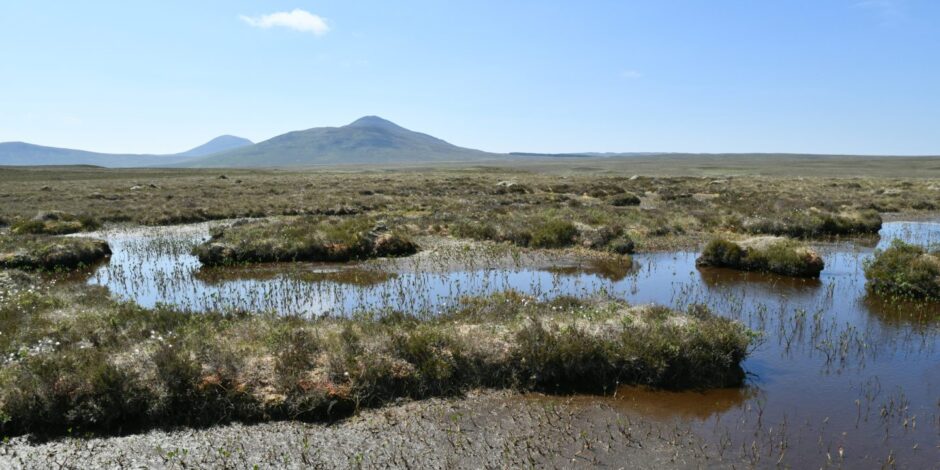
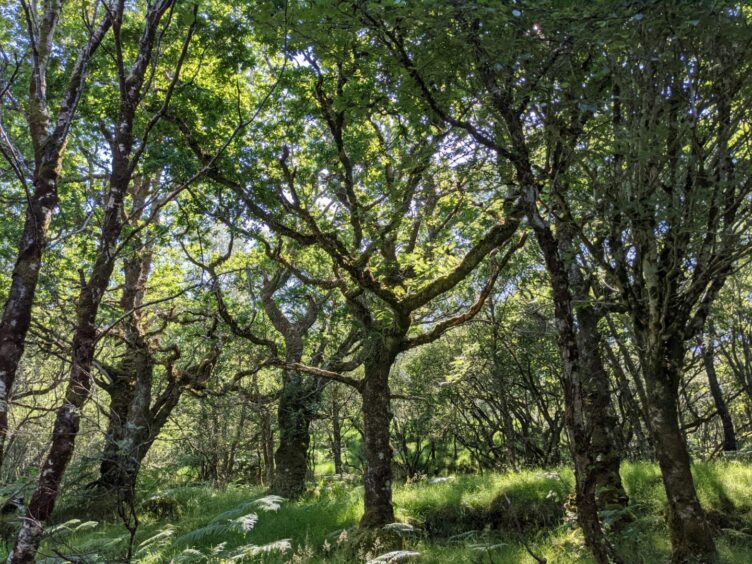
Conversation